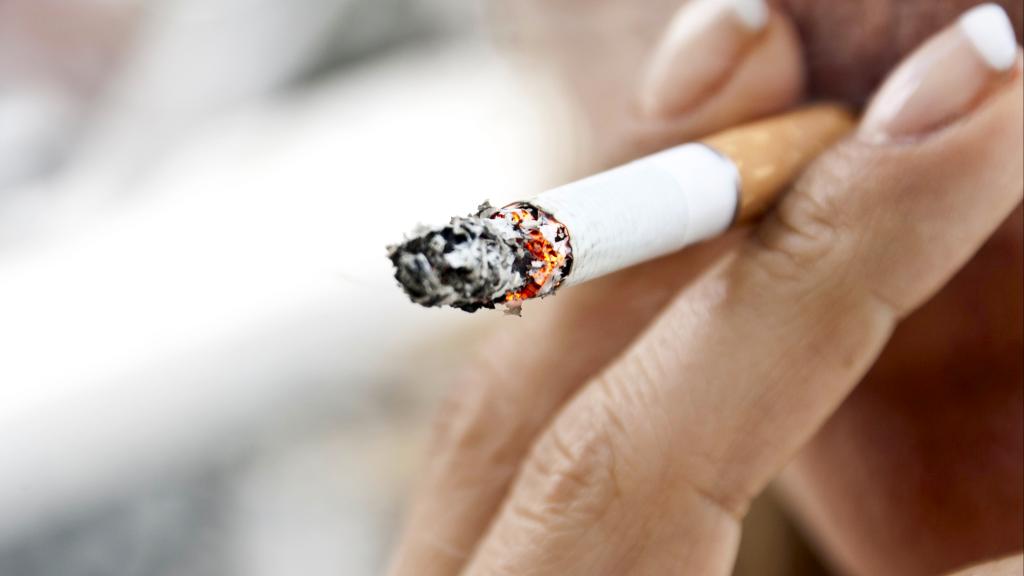
Irish Cancer Society calls for Government action to close growing socioeconomic gap in smoking rates
The Irish Cancer Society is today calling for Government action to reduce widening socioeconomic inequalities in smoking rates.
Marking World No Tobacco Day, the charity says figures published by the HSE indicate the concerning and growing disparity of smoking prevalence, with those in lowest socio-economic groups more than three times more likely to currently smoke than those in the highest socioeconomic groups. While welcoming the expansion of smoking cessation services by the Government, the Society says that more targeted, continuous efforts are needed to support smokers in vulnerable communities who want to quit.
Speaking on World No Tobacco Day, Rachel Morrogh, Director of Advocacy said:
“Worrying smoking figures published by the HSE today show a widening health gap emerge between the country’s most privileged and disadvantaged communities.
“Over the last 7 years, smoking rates in Ireland’s highest socio-economic groups have declined dramatically, against growing numbers of smokers in our lowest socio-economic groups.
“This will lead to a widening cancer gap, given that smoking is responsible for 13% of all cancers.
“It is clear from the figures today that a stark and serious health inequity exists due to people leveraging their social, economic and educational advantages to make the decision not to smoke. This is compared to rising smoking rates within communities that already bear the weight of social disadvantage, and which is compounded by health inequalities.
“The Irish Cancer Society believes that more Government action is needed so that the burden of disease and death should not be carried by the country’s most vulnerable groups. Greater levels of targeted support are needed to help smokers who want to quit, as well measures proven to empower and discourage young people from starting in the first place.
“We welcome the announcement that more cessation resources will be provided by Government but sustained political attention is also needed so that the health inequalities caused by smoking are eradicated.”
Notes:
The HSE referred to the following figures: (state-of-tobacco-control-report-2022.pdf (hse.ie))
- Smoking prevalence increased from 17% in 2019 to 18% in 2021, and following a period of historic decline.
- People in more deprived areas in Ireland live 4-5 years less than those in more affluent areas.
- The causes of and solutions to these health inequalities are multiple and complex; however, smoking is responsible for over half of the health gap across social groups.
- Against a backdrop of declining smoking prevalence, the socio-economic gradient in smoking is getting wider.
- There was a two-fold difference in smoking between the highest and lowest socio-economic groups in 2015 (16% versus 29%). But in 2021 that gap has widened to become a three-fold difference (11% versus 31%, comparing the highest and lowest socio-economic groups respectively).
